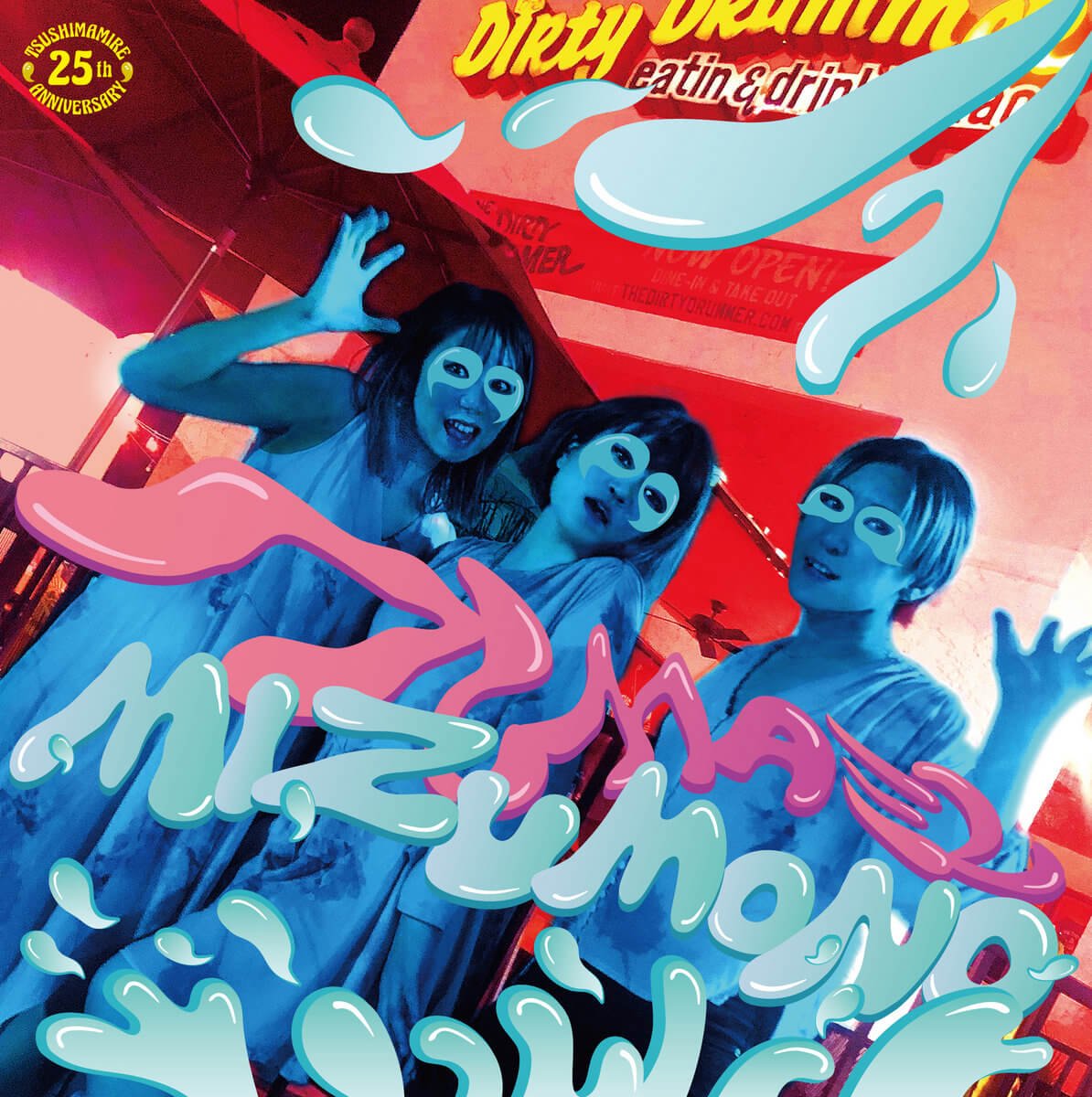The year is 2001, the SEGA Dreamcast is on its final leg, it’s considered a failure commercially and SEGA has just announced that it plans to discontinue the console after only two years, dropping the console to a record low price of only $49.99 to get rid of unsold inventory – Shenmue II releases later that year in Japan and Europe.
If Shenmue’s setting of Yokosuka felt comforting, intimate and safe – then Shenmue II’s Hong Kong is crowded, disorganised and overwhelming – which is a sharp contrast and an impressive venture. Shenmue II follows Ryo Hazuki’s quest to find Lan Di, the man responsible for his father’s death, as he navigates the chaotic landscape of 1987’s Hong Kong. Introducing many more characters, environments and mini-games, Shenmue II succeeds in expanding its assets and building a larger world to explore.
Taking place predominantly in the districts of Wan Chai, Kowloon & Guilin – Shenmue II’s setting feels much more expansive, much larger and as each elaborate street is littered with interactive areas and shops, navigating the environment can often be overwhelming. Improvements to graphical capability at the time does not take away from the traditional Shenmue style, however, the voice acting and sound quality were improved and many of the NCP dynamics were improved – including an option for certain NCP characters to physically walk Ryo to his destination if asked.
The world of Hong Kong feels greater, much more in-depth and with more life, more excitement. But with this, comes a sense of loss, as the player can often feel that they’re missing out on interactions if they don’t attempt to speak with each and every NCP that they come across – this, of course, would be an incredible feat.
Many of the same features of the original are included, such as the timetable dynamic, the dynamic weather, clockwork opening/closing times and free time mini-games – yet they all feel much larger this time around, much more expansive. There are no forklifts this time around, but a variety of different ways to earn money are included, such as gambling, working a part-time job or fighting. The dynamic environment allows for the player to explore to their heart’s content, getting lost in the various districts and buildings, partaking in the various mini-games or simply following the mission to progress as much as possible before bedtime. One great addition to this game, is being able to return to the location you were the night before, when you are sent to bed – which reduces the amount of time having to travel back-and-forth.
An impressive contrast will be evident between the busy, claustrophobic streets of Wan Chai, the grotty closed-in feel of Kowloon, to the open, beautiful landscapes of Guilin. Overall, Shenmue II is a highly-impressive and overwhelming sequel to the original, but loses some of its warmth due to the scale of the environment and the harsh nature of its world. What Yu Suzuki was able to do – was take you away from that familiar ‘hometown’ feel of Yokosuka, and threw you into the streets of Hong Kong, with no direction and no idea where to go – in other words, the player was forced to navigate the area, learn their way around and ask the locals for directions – just as any tourist would.
It’s been 18 years since the Dreamcast release of Shenmue II, it’s difficult to know what to expect when Shenmue III is released next month, if it will pick up straight from the cliffhanger finale of Shenmue II, or whether time will have passed in Guilin.
But whatever Yu Suzuki’s plans for the series are – let’s hope it will one day return to those peaceful, comforting streets of Yokosuka.
Rating: 80/100
Shenmue I & II HD is now available for PC, PS4 & Xbox One.
Shenmue III will be released on 19 November, 2019.














